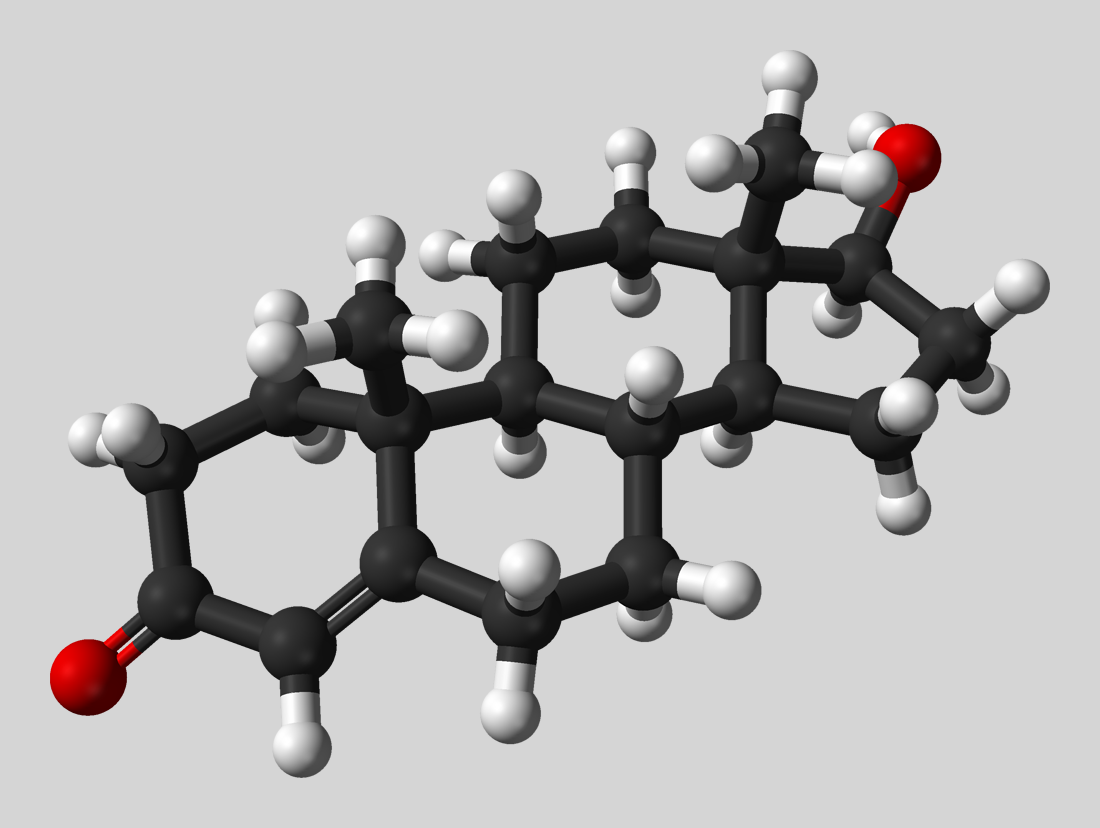The first step to optimizing your health is to set goals. The challenge many people face is setting the correct goals that are necessary to achieve your desired outcome.
Goal setting is a skill that can be used in all areas of your life. Just like any other skill, goal setting must be practiced. To set the right goals, we need to first determine what kind of goals we’re making. Doing this can make it easier to organize what and how we are you are looking to work towards.
Approach vs. Avoidance Goals
When you have a desired outcome or objective in mind, setting a goal can help you move forward successfully. In contrast, avoidance goals are those that help us move away from undesired outcomes. Both types of goals are useful for health and wellness, and in fact, are typically used together when setting goals.
As an example, when we diet, we could combine the goal of eating 1.2g/kg body weight of protein each day (approach) with minimizing fat intake to 0.8g/kg body weight per day (avoidance). Similarly, we can do this with exercise goals like ensuring we lift weights at least three times per week (approach) while minimizing the time sitting and watching television throughout the week to three total hours (avoidance).
It is important to keep in mind that approach goals are associated with greater positive emotions whereas avoidance is associated with fewer positive thoughts and greater negative emotions. For some people, this means that setting approach goals may be more helpful than setting avoidance goals.
For other people, the most effective use of these types of goals is to consider them complimentary; a ying-yang. We tend to focus on the approach or avoidance goals individually without considering how we can combine them with a complimentary goal. For example, when you consider an approach goal like getting 10k steps per day, you should also think about what avoidance goal can help you achieve this, such as avoiding prolonged periods of sitting. It is as simple as setting a timer for every hour that reminds you to get up and walk around for a few minutes.
Goals can be achieved by focusing on approach goals, or by combining approach and avoidance strategies. The combination can be an effective method to think about goal setting which can result in simple and efficient ways to create important behaviour changes.
Performance vs. Mastery:
Another way to approach goal setting is to establish how we are going to evaluate our outcomes. Performance goals involve judging our ability but one of the inherent difficulties with these types of goals is that when we do not reach a specific evaluation point (i.e., weight lifted, time running a set distance) we interpret this as a failure of our ability to perform the task. This can be discouraging. In addition, performance goals are typically set with short-term outcomes in mind. Once we achieve these goals, we need to make new ones and repeat the cycle to either accomplish them or fail in the process. Though performance goals are important, they should not be set in the absence of mastery goals.
Mastery goals, which are also referred to as learning goals, involve increasing our existing abilities. Rather than lifting a set amount of weight, you focus on how it was lifted and perfect the technique. Rather than running faster, you would focus on running better and more efficiently. Failure to achieve these kinds of goals can be interpreted as a part of learning and would encourage problem-solving and active engagement in the goal. Concerning optimizing our health, the constant pursuit of mastery in the movement would elevate our health in the process. This is precisely why some Olympic sports with high technical components such as throwing events feature athletes that are much older than other sports which rely more on pure physicality.
Ideally, we would supplement performance goals with several mastery goals. If we want to lose weight, for example, a mastery goal would be to learn to prepare healthy meals or learn a new sport. In our constant pursuit of health optimization, mastery is a lifelong ally for goal setting.
References:
Bailey RR. Goal Setting and Action Planning for Health Behavior Change. Am J Lifestyle Med. 2019;13(6):615-8.
Bell BS, Kozlowski SW. Goal orientation and ability: interactive effects on self-efficacy, performance, and knowledge. J Appl Psychol. 2002;87(3):497-505.
Elliot AJ, Thrash TM. Approach-avoidance motivation in personality: Approach and avoidance temperaments and goals. J Pers Soc Psychol. 2002;82(5):804-18.






